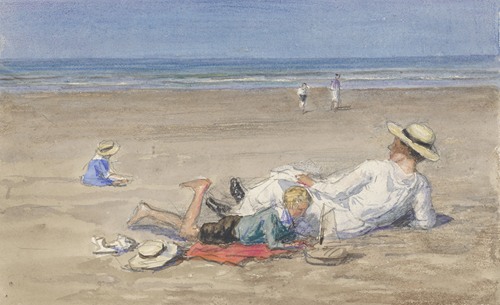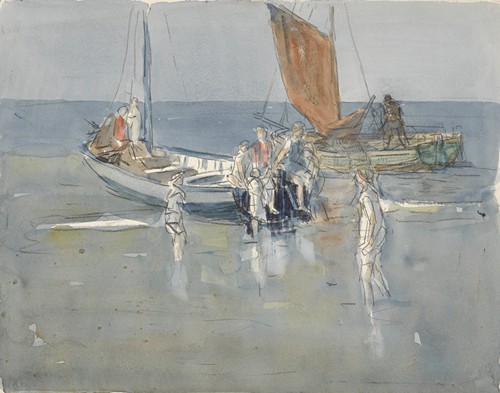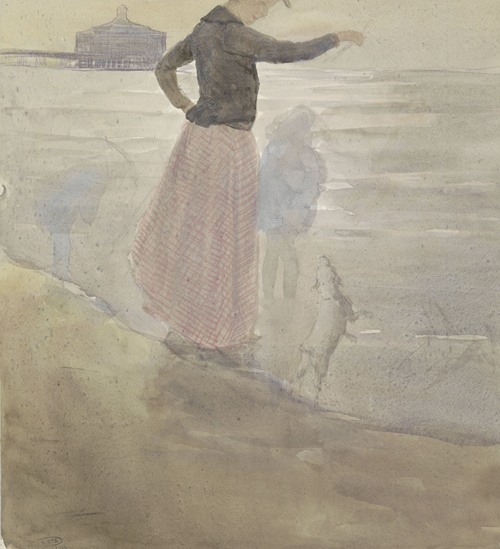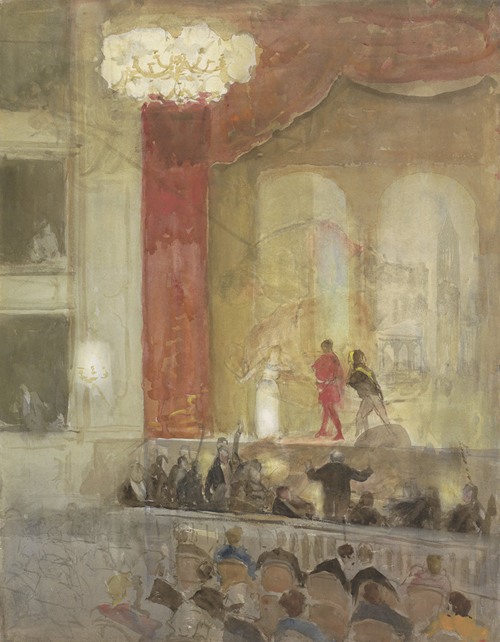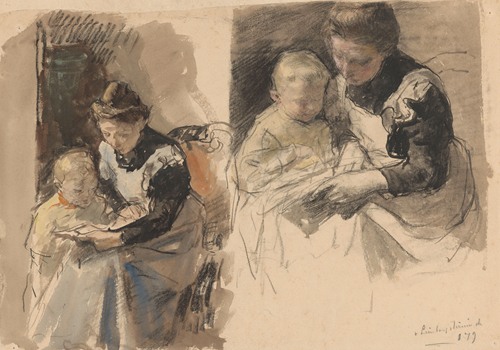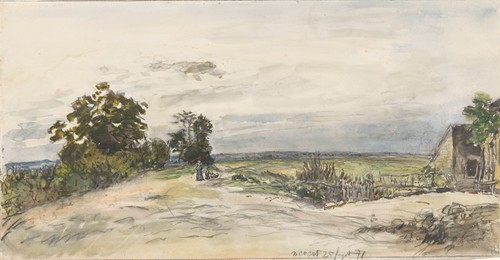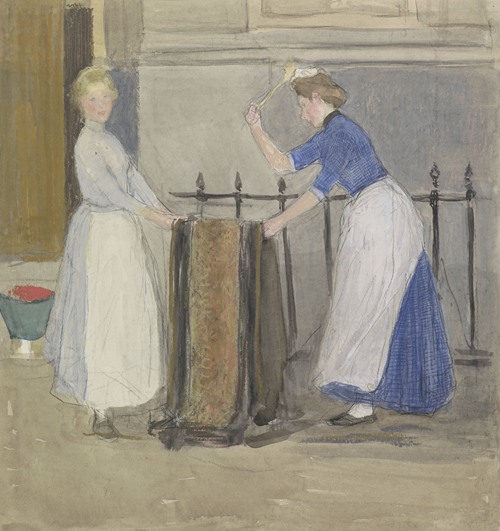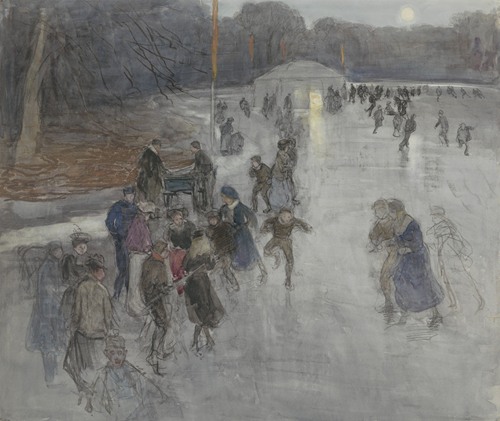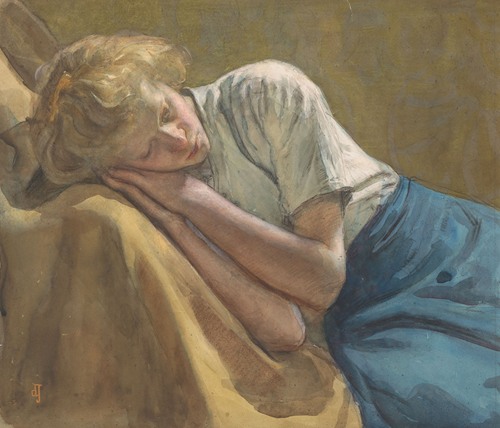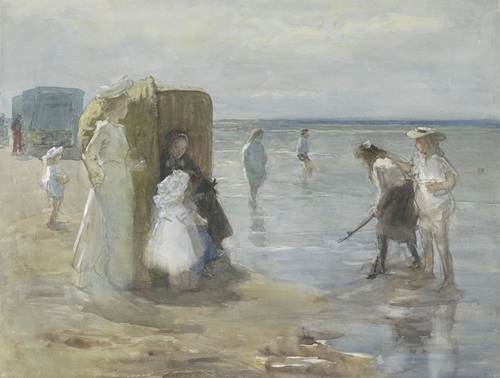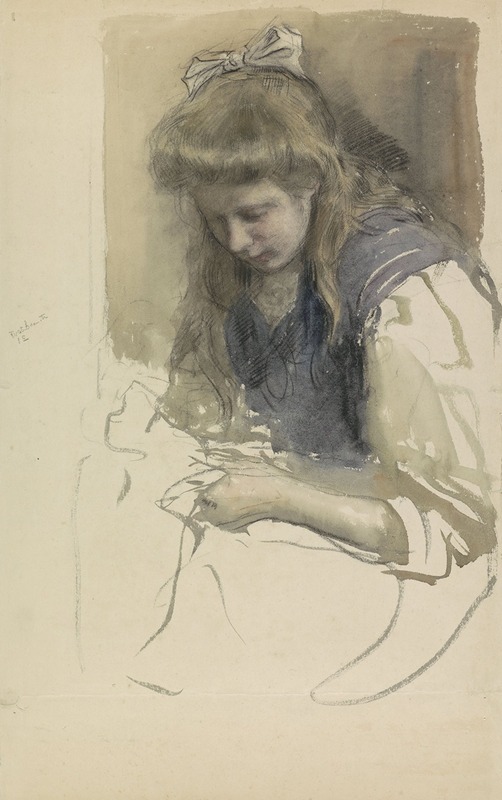
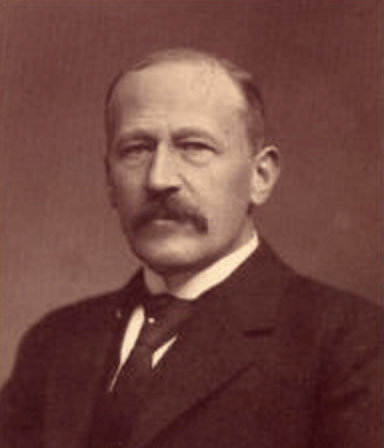
Johan Antonie de Jonge was a Dutch lawyer and painter.
De Jonge was a descendant of the De Jonge family and the eldest son of mr. Bonifacius Cornelis (1834-1907), president of the court in The Hague, and Elizabeth Henriette Maria Philipse (1839-1927), daughter of Mr. Johan Antoni Philipse, Solicitor General of the Supreme Court in The Hague. At that time it was unusual to become an artist, so he went to study law in Leiden, where he obtained his doctorate in 1889. He then established himself as a lawyer in The Hague .
He did develop a love for art at home and during his study years he took lessons at the Hague Drawing Academy and later with several artists from The Hague. He also became a member of Pulchri Studio , which allowed him to participate in their exhibitions.
In 1903 he stopped practicing law and continued to call himself an artist. He belonged to the second generation of the Hague School and was mainly a draftsman and watercolourist. Scheveningen beach life fascinated him.
De Jonge has never been very public with his work, and has therefore sold little. Even after his death he was remembered as a socially committed person, who held positions in all kinds of charities and committees. In 1904 he was made a Knight in the Order of Orange-Nassau .
De Jonge died unmarried.
